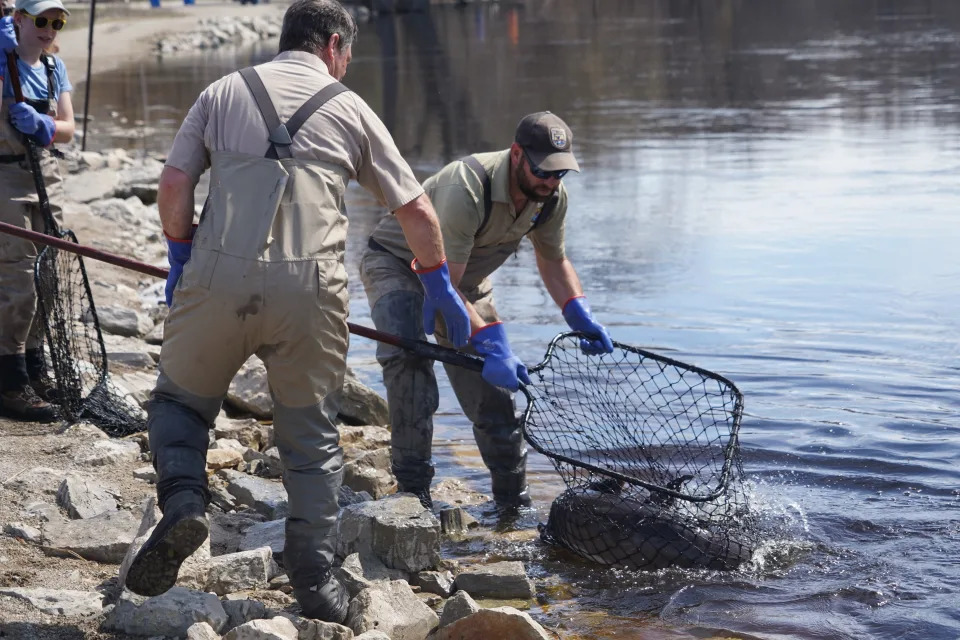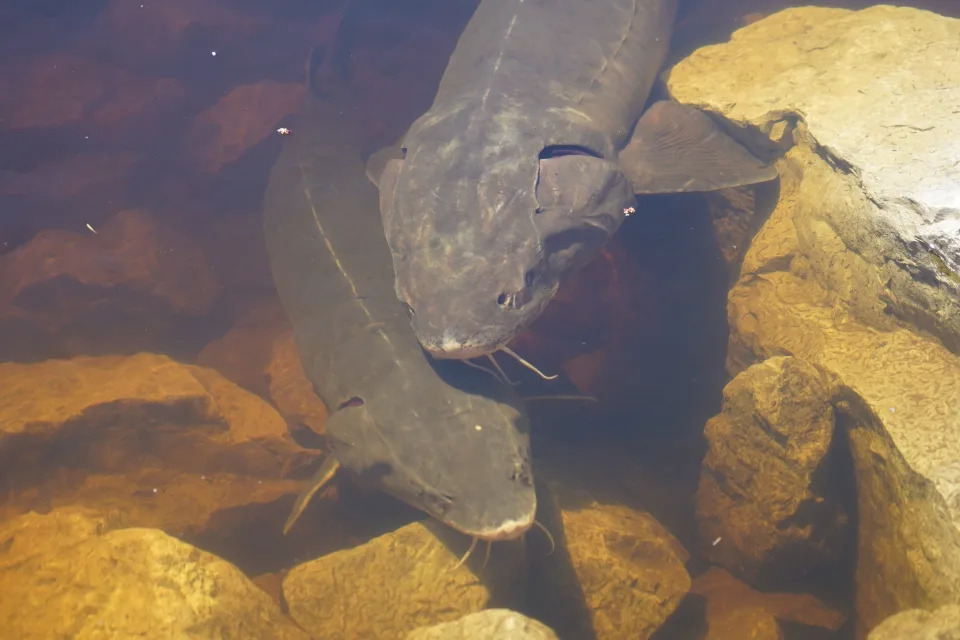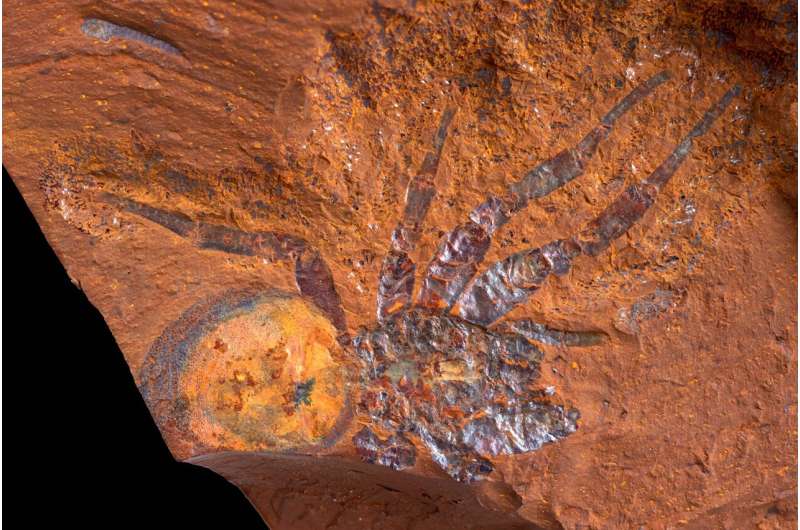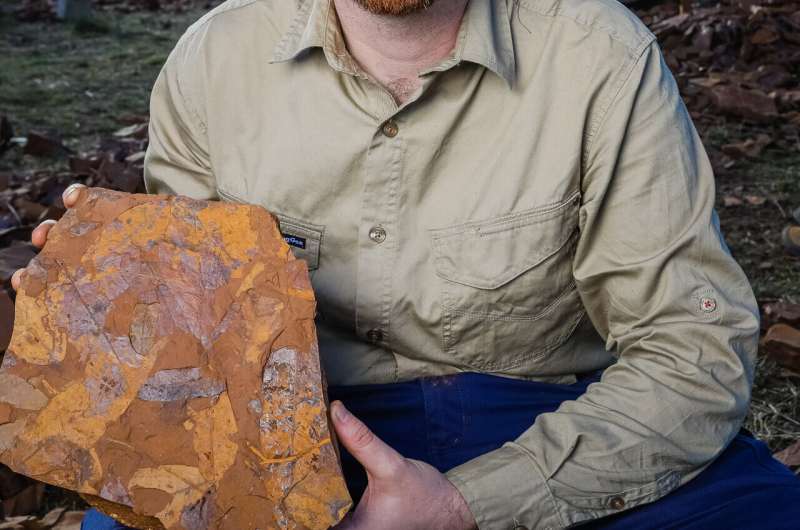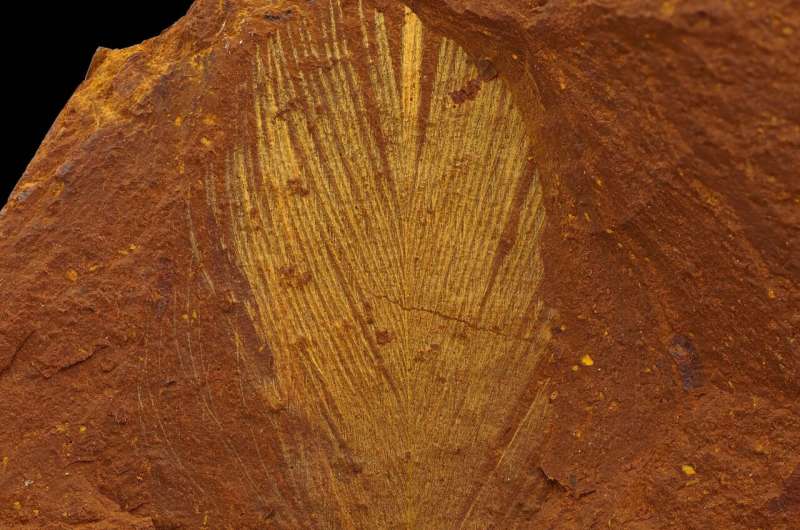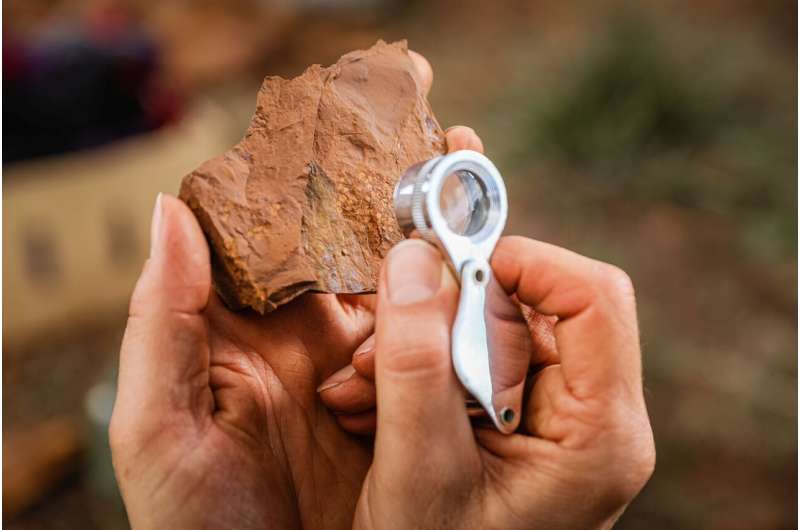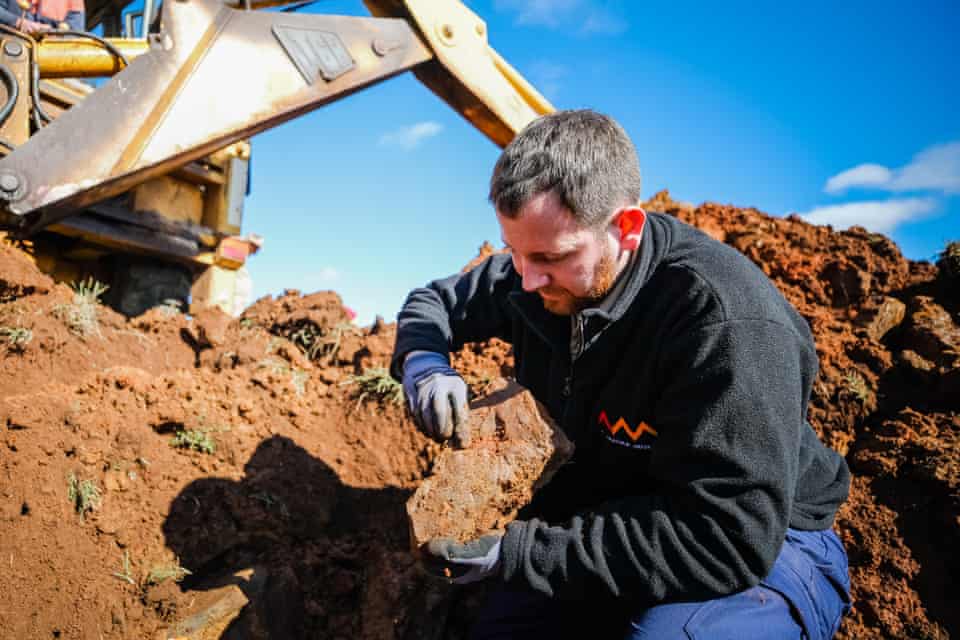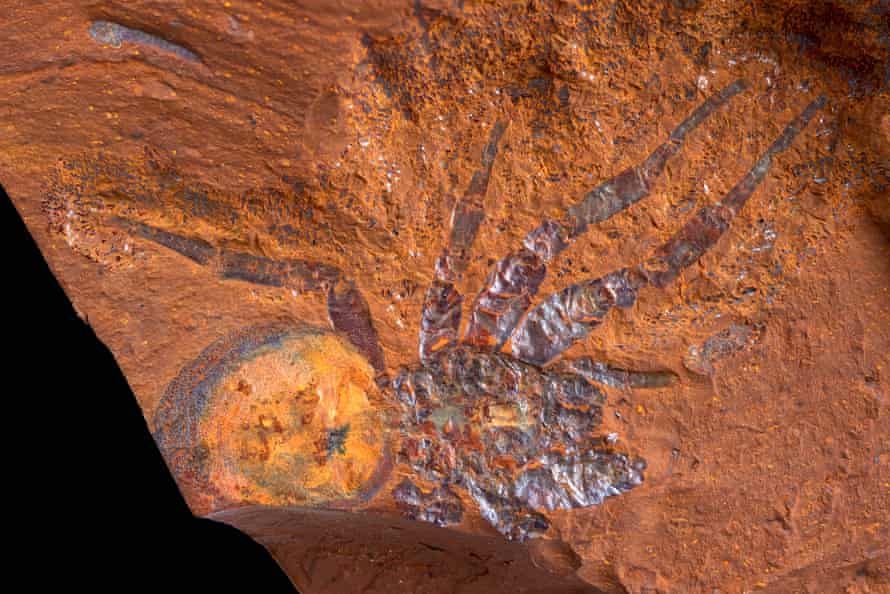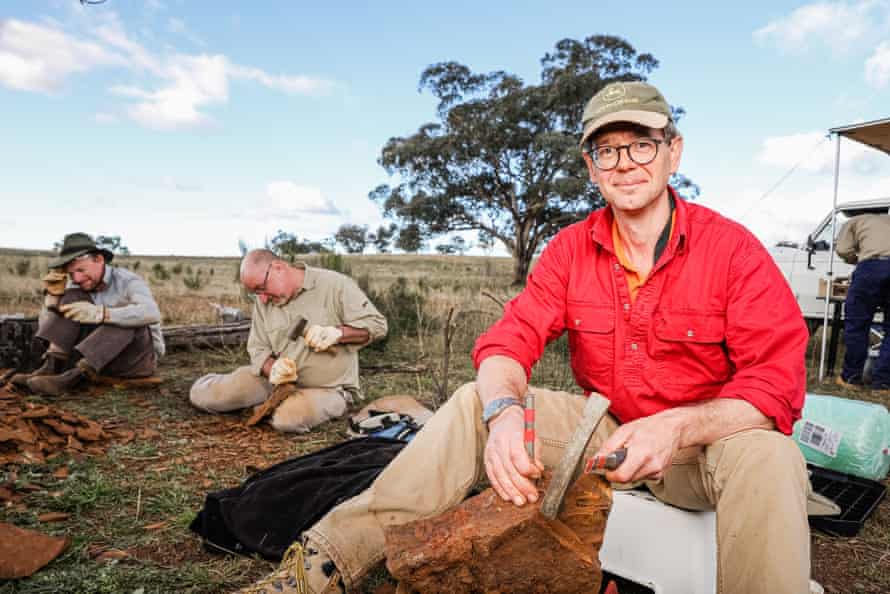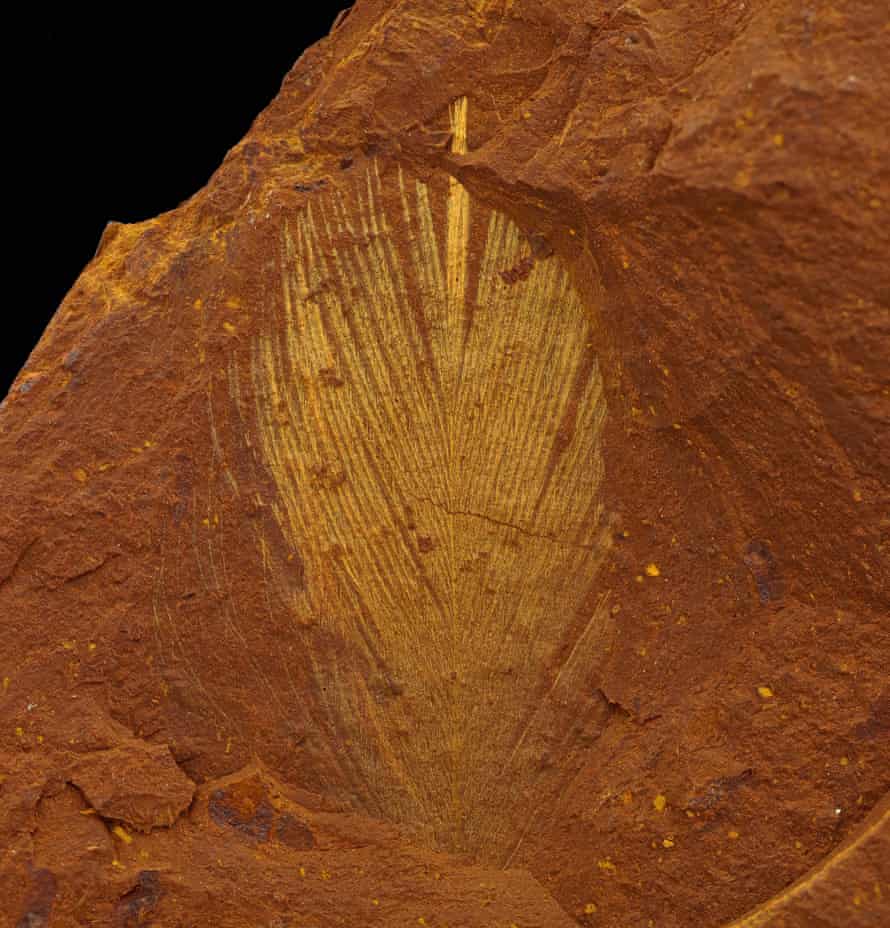These ships are basically the result of the industrialization of fishing. Like agribusiness, larger is better. What agribusiness has done is destroy the family farm as it industrializes agricutural production. Industrialized fishing has done the same.
These ships are floating factories, that scoop up the bottom of the ocean and then process the fish on board. They are not selective, they scoop up everything taking what they need and tossing the rest, as the old saying goes letting God sort them out. Of course that mythical higher being is invoked cause the fish that are not needed are injured, tortured in fact, if not killed out right from crashing from nets to the depths of trawlers belly.
Trend for deep-sea trawling puts rare fish species on the ocean's critical list
By Steve Connor, Science Editor
Published: 05 January 2006
'There is a real danger that slow -growing, deepwater species will take centuries to recover from current fishing, if they can at all'
Deep-sea fish are being taken to the brink of extinction because the dramatic collapse of shallow-water stocks is sending fishing trawlers further out to exploit deeper waters.
Scientists believe the overfishing that has caused the demise of the traditional catch of fish, such as cod and plaice, is now causing an equally severe, long-term decline of more exotic, deep-water species.
Since the first Coelacanth was discovered in 1938 by local fishermen, village based sustainable fishing has been threatened just like this dinosaur fish. Around the world these large industrial fleets of the G8 countries threaten domestic fishing villages and peoples.
If this is not a damned good reason to ban deep sea trawler fleets, then it should at least give one pause. A ban on deep sea trawlers is something environmentalists have been demanding for sometime now. It is an issue that brings together environmentalists and fisher folk who often are on opposite sides.
Notice the difference between the find of a rare Coelacanth in 1998 and the current story of how they have now become endagered. In just eight years.
Save Our Dinosaurs! I say.
| |
After surviving for millions of years, the coelacanth is threatened by commercial fishing fleets
Inigo Gilmore in Tanzania
Sunday January 8, 2006
The Observer
It is not every day that you come face to face with a dinosaur dating back 400 million years, but for the fishermen in Kigombe on Tanzania's northern coast it has become almost routine.In the middle of Kigombe, a village of simple huts on this breathtaking edge of the Indian Ocean, a young fisherman stood proudly before a large green plastic container. Ceremoniously he reached inside and hauled out a monster of a fish, slapping its 60kg (132lb) of flesh on a table, where three children gawped at its almost human-like 'feet'. This is a living fossil, a fish with limbs, a creature once believed extinct: a coelacanth.
Now it seems that man may have discovered the fish just to eradicate it, as ever deeper trawling throws up serious fears for the already dwindling populations of the fish, which lives at depths of between 100 and 300 metres (328ft to 984ft).
The appearance of these creatures off the Tanzanian coast is a dramatic and as yet unfinished chapter in the extraordinary story of the coelacanth, an ancient fish that was 'rediscovered'. The coelacanth evolved 400 million years ago - by contrast Homo sapiens has been around for less than 200,000 years - and was believed to have gone the way of the dinosaurs until one was caught off the coast of South Africa in 1938.
New sighting of 'living fossil' intrigues scientists
September 23, 1998

A coelacanth RELATED VIDEO
CNN's Don Knapp reports on the exploits of this ancient aquatic dweller
Windows Media 28K 56K
Web posted at: 11:40 p.m. EDT (2340 GMT)From Correspondent Don Knapp
SAN FRANCISCO (CNN) -- An ugly fish known as the "living fossil" has made another appearance in the ocean, surprising scientists.
A coelacanth has been found in Indonesia -- 7,000 miles (11,200 kilometers) from its only previously known location near Madagascar.
The ancestors of the coelacanth (pronounced SEE-la-kanth) date back 400 million years. Until 1938, scientists knew the coelacanth only as a fossilized relic from the dinosaur era.
"So in 1938, it was almost a shock when one showed up, that you get this, what's called a living fossil basically, this fish that's known only from the fossil record and here it is, some 80 million years later, you get a live one," said Douglas Long of the California Academy of Science.

The second coelacanth known is exhibited in 1952 A fisherman pulled the first-known modern coelacanth from the waters near the Comoros Islands near Madagascar. South African biologist Marjorie Courtenay Latimer came across it in a fish market.
History repeated itself in the latest discovery. University of California-Berkeley biologist Mark Erdmann was in Indonesia on his honeymoon when he visited a fish market in Manada, Sulawesi, to look for manta shrimp, the animal he studies.
"His wife pointed out a large, ugly fish going by on a hand cart, which he looked at and immediately recognized as a coelacanth," said Roy Caldwell, a biologist at UC-Berkeley.

The fleshy fins of the coelacanth earned it the nickname of 'fourlegs' Caldwell said the coelacanths recently found in Indonesia apparently live in the same type of environment as those found in the Comoros, caves about 600 feet (18 meters) deep along the steep sides of underwater volcanoes.
One reason for the coelacanth's ancient popularity was its fleshy fins that reminded people of human limbs, Caldwell said. Those fins led to speculation that the fish were direct ancestors of land vertebrates.
The fish did not turn out to be the ancestor of humans, but did manage to outlive the dinosaurs.
Tags
coelancanth
trawlers
dinosaur
fish
fishing
endangered species
Sturgeon
environmentalism






